From a guard officer serving Ly Thai Tong, due to his talent and virtue, Ngo Tuan (Ly Thuong Kiet's real name) became a strategic military general, holding the position of Thai Bao and then Thai Pho under Ly Thanh Tong. He was adopted by the king (Thien Tu Nghia Nam), was given the king's surname and from then on was named Ly Thuong Kiet.
 Grand Chancellor Ly Thuong Kiet is solemnly worshiped at Sung Nghiem Dien Thanh Pagoda (Thuan Loc Commune, Hau Loc). Photo: Chi Anh
Grand Chancellor Ly Thuong Kiet is solemnly worshiped at Sung Nghiem Dien Thanh Pagoda (Thuan Loc Commune, Hau Loc). Photo: Chi Anh
Ly Thuong Kiet was an official under three kings, Ly Thai Tong, Ly Thanh Tong, Ly Nhan Tong, defeated the Song, pacified the Champa, and made a brilliant career. He was considered a talented person in governing the country, a good politician, an outstanding military man, and a great hero of the nation. With the land of Chau Ai (Thanh Hoa) - where Ly Thuong Kiet directly governed for 20 years (1081-1101), in the people's minds, he became a famous architect who created a quite comprehensive and solid foundation for the "second fence" land in the South of the country under the Ly dynasty.
In the autumn, the seventh lunar month of the year Canh Tuat (1010), the royal fleet of King Ly Thai To from Hoa Lu docked at Dai La citadel. From that moment on, Dai La citadel was renamed Thang Long citadel and played the role of the capital of the country. From here, Chau Ai land became a "camp" land far from the center of the country. Due to its location, the role of nature and the process of defending and building the country, in the early days of autonomy spanning the dynasties of Khuc - Duong - Ngo - Dinh - Tien Le, Thanh Hoa became the land that the Ly dynasty paid special attention to.
First of all, to consolidate the monarchy and implement unified national management, the Ly Dynasty suppressed uprisings in several localities in Thanh Hoa. At the same time, the Ly Dynasty appointed Grand Chancellor Ly Thuong Kiet to guard Thanh Hoa from 1081 to 1101.
Entering Thanh Hoa, at this time Ly Thuong Kiet was 63 years old and had experienced high positions of power such as holding the positions of Thai Bao and Thai Pho under the Ly Thanh Tong dynasty; Marshal receiving the pioneer seal in 1069 when Ly Thanh Tong went to fight against Champa; Phu Quoc Thai Uy holding military power and the soul of the resistance against the Song (1075-1077). That shows the extremely important strategic position and terrain of Chau Ai land for Dai Viet nation. To consolidate and increase the power, in 1082 King Ly Nhan Tong "granted Ly Thuong Kiet an additional district in Thanh Hoa, gave him a fief, the district chiefs all admired the reputation, the people all loved the virtue and justice" (1).
During the 20 years of guarding Chau Ai, with supreme power and the title of "Righteous Son of Heaven", Ly Thuong Kiet was able to completely decide everything in the town. To develop the economy, in addition to focusing on agriculture, plowing, and planting to ensure that people did not suffer crop failure, Ly Thuong Kiet also directly commanded the dredging of the Le Dynasty canal (Dong Co canal dug during the Le Hoan period) to connect the Ma River with the Luong River in Yen Trung commune (present-day Yen Dinh) and established the A Do village during this period. Then he sought out skilled stone carvers - Cham prisoners of war - to reclaim wasteland, establishing villages in Thanh Hoa and other places in Dai Viet (2). Ly Thuong Kiet also personally went to Boi Ly hamlet (now Thieu Trung commune, Thieu Hoa) to resolve the matter of two hamlets, the Thieu and To families, asking to redeem their ancestors' fields from the Boc Xa mandarin (ie Le Luong in the 10th century). He redeemed the fields, erected stone stele and divided the fields into two hamlets. Ly Thuong Kiet also went to A Loi lagoon and divided half of the lagoon to Boi Ly hamlet, half of the lagoon to Vien Dam hamlet... Those actions encouraged people to boost production and build the country (3). In this century, handicrafts such as stone carving in Nhoi village, bronze casting in Boi Ly hamlet, weaving, pottery making, basketry, and seafaring in the villages and communes had significant developments. In terms of commerce, although Thanh Tu Pho was no longer the provincial capital, it was still a major commercial center. Giap Boi Ly became a major commercial center with its specialty being bronze casting products. Duy Tinh was the capital of Thanh Hoa during the Ly dynasty, located right at the beginning of Lach Truong estuary, so it became the largest commercial center in Thanh Hoa during this period... contributing to the appearance of a fairly comprehensive and solidly developed economy.
Along with economic development and national construction, Ly Thuong Kiet also took care of cultural development to educate the people in all aspects. Inheriting the cultural achievements of the Van Lang - Au Lac period and of more than 1,000 years of fighting against the domination and invasion of the North, the folk culture and arts of this period had conditions to develop. The traditional customs and folk beliefs of agricultural residents with the custom of worshipping ancestors, worshiping those who contributed to the homeland and the country in fighting floods, establishing villages, fighting foreign invaders... were distributed in many villages in the province such as Dong Son, Tho Xuan, Cam Thuy, Hau Loc, Thieu Hoa, Quang Xuong, Nga Son, Ha Trung.
The highlight of the period when Ly Thuong Kiet was the governor of Chau Ai was the flourishing of Buddhism with typical architectural works. A series of pagodas and towers were renovated and built by Ly Thuong Kiet, typically Huong Nghiem Pagoda (Thieu Trung, Thieu Hoa), Linh Xung Pagoda (Ha Ngoc, Ha Trung), An Hoach Pagoda (An Hoach Ward, Thanh Hoa City)... These are cultural border markers that until now, when reading the steles erected nearly 1,000 years ago, we can see that our ancestors achieved many great achievements in the process of building the country.
Assessing the virtues of Ly Thuong Kiet, the great master Hai Chieu Phap Bao - a person who worked under him during the years he was the governor of Chau Ai wrote: "Using power and force to eliminate the wicked, using justice to resolve prison cases, so the prisons were not too excessive. The Grand Chancellor knew that the people put warmth and prosperity first, the country took agriculture as its foundation, so he did not miss the right time. He was talented but did not boast, he also took care of the elderly in the countryside, thanks to that he was able to live in peace. Such rules can be called the root of governing the country, the art of pacifying the people, all the good and beautiful things are here. Helping the government of three dynasties, pacifying the border chaos, in just a few years the eight directions were peaceful, a truly great achievement" (4).
After 20 years of guarding the border land of Chau Ai, Ly Thuong Kiet successfully completed the task assigned by King Ly Nhan Tong. When he returned to the capital Thang Long, he was old and died in 1105, at the age of 86. In the Dai Lai area (ancient Chau Ai, now Ha Ngoc commune, Ha Trung district), south of Nguong Son mountain, next to Ma river - where Ly Thuong Kiet built Linh Xung pagoda, below built Luong Muc Duong (his residence when he was Chau Ai governor) has become an international temple worshiping the great Phuc Than of Chau Ai land - Thanh land for nearly a thousand years now.
Pham Van Tuan
(1), (2) Stele of Bao An Pagoda (Thanh Hoa City).
(3) Stele of Huong Nghiem Pagoda (Thieu Hoa district).
(4) Linh Xung Pagoda stele (Ha Trung district).
Source: https://baothanhhoa.vn/ly-thuong-kiet-voi-vung-dat-chau-ai-thanh-hoa-217976.htm




![[Photo] Prime Minister Pham Minh Chinh chairs meeting to discuss tax solutions for Vietnam's import and export goods](https://vstatic.vietnam.vn/vietnam/resource/IMAGE/2025/4/10/19b9ed81ca2940b79fb8a0b9ccef539a)
![[Photo] Phuc Tho mulberry season – Sweet fruit from green agriculture](https://vstatic.vietnam.vn/vietnam/resource/IMAGE/2025/4/10/1710a51d63c84a5a92de1b9b4caaf3e5)
![[Photo] Unique folk games at Chuong Village Festival](https://vstatic.vietnam.vn/vietnam/resource/IMAGE/2025/4/10/cff805a06fdd443b9474c017f98075a4)




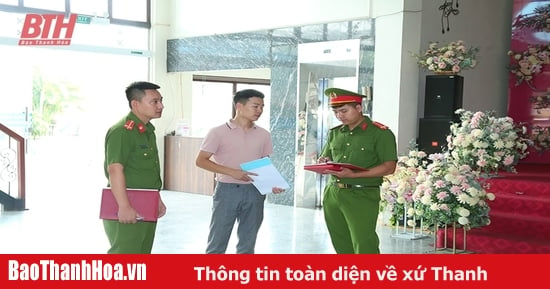







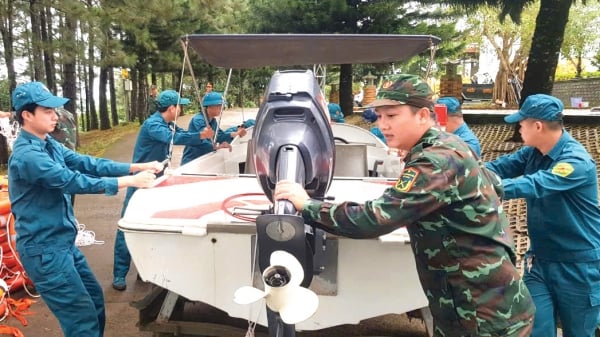
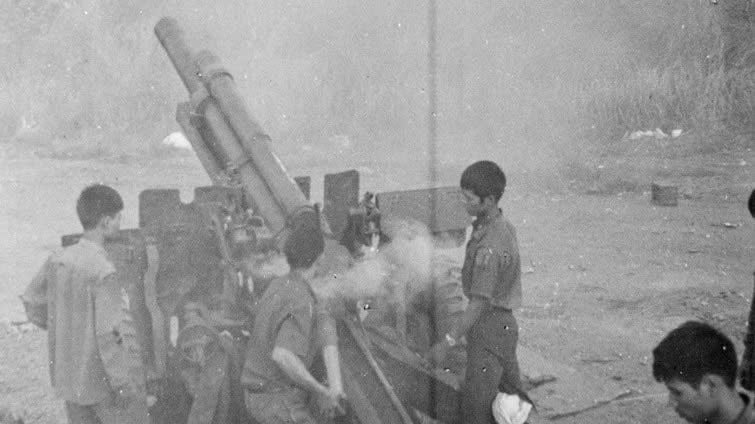





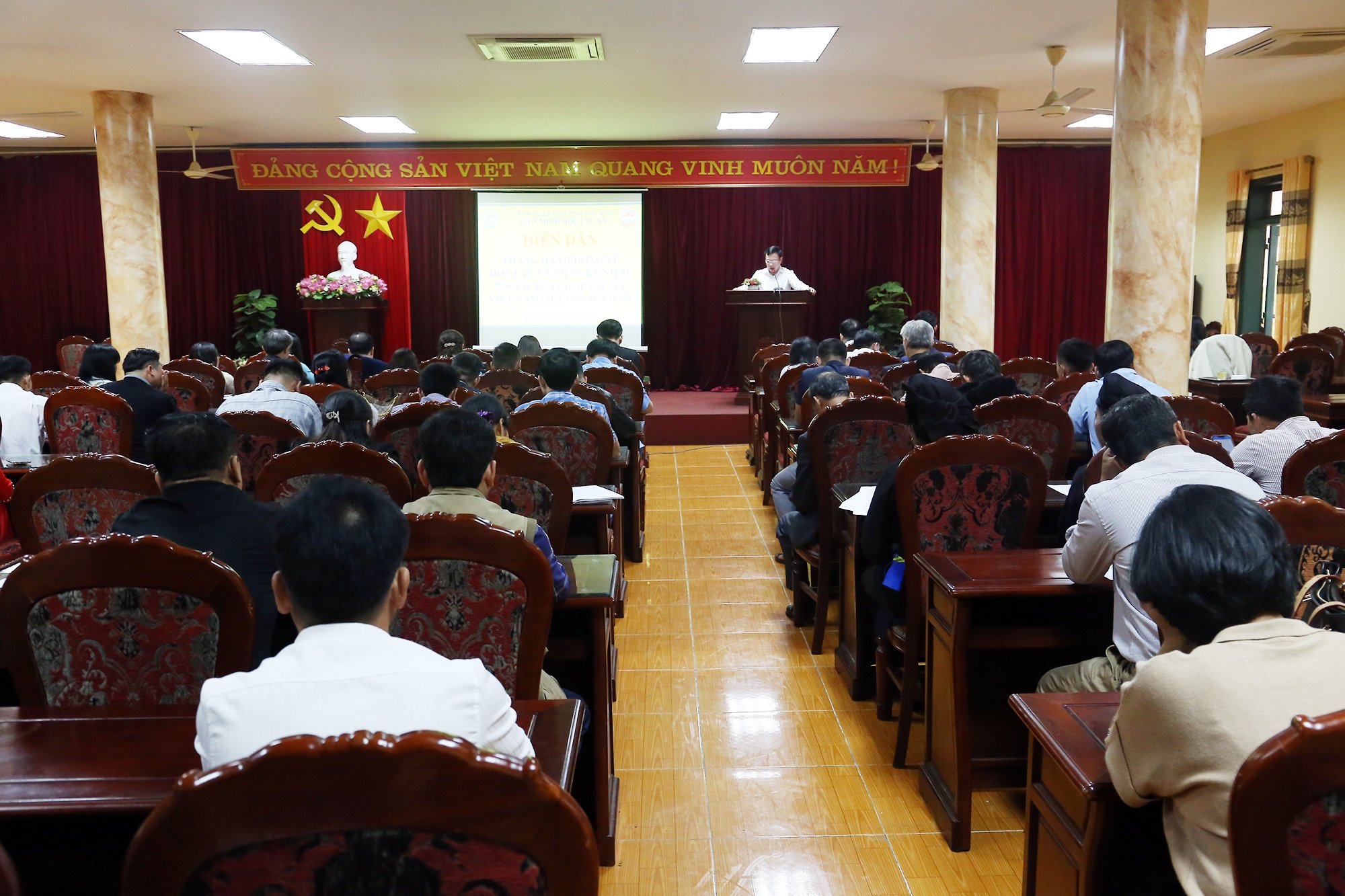
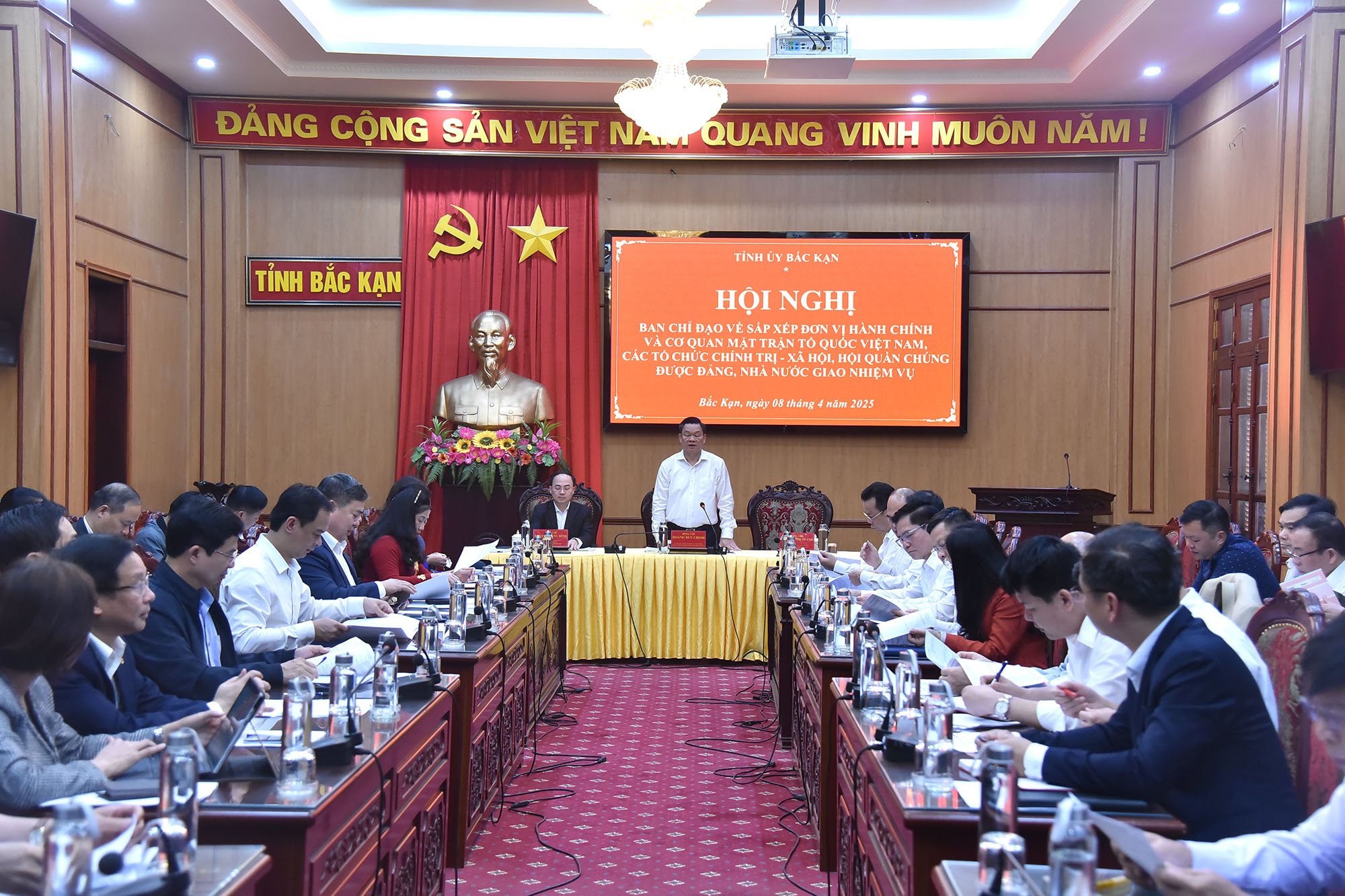
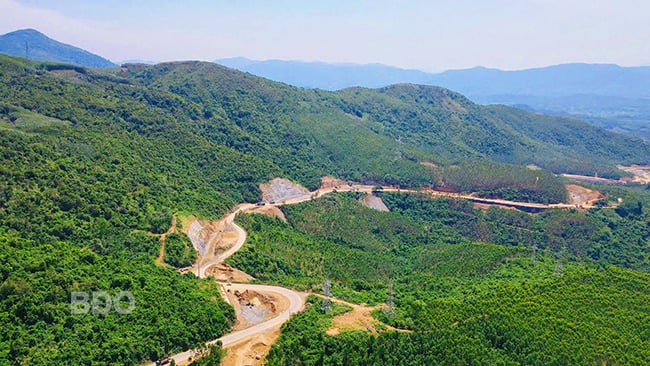
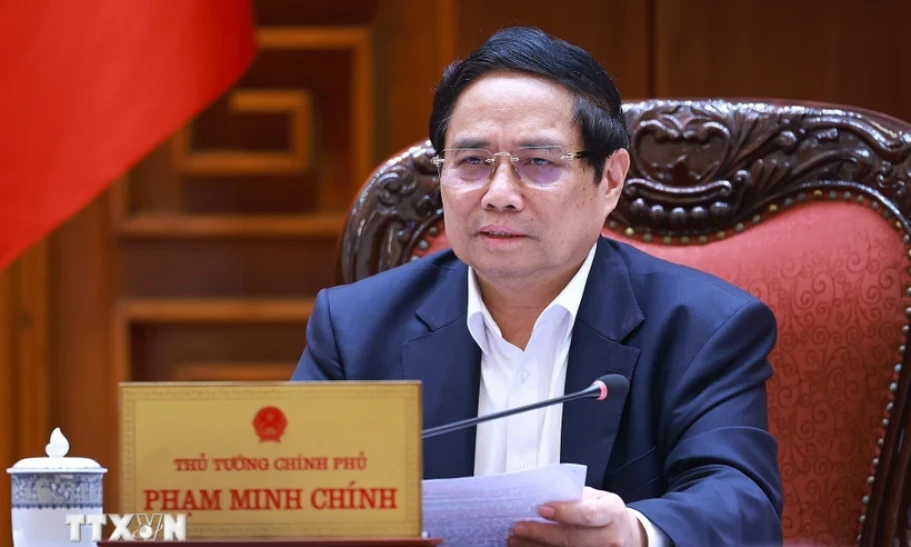
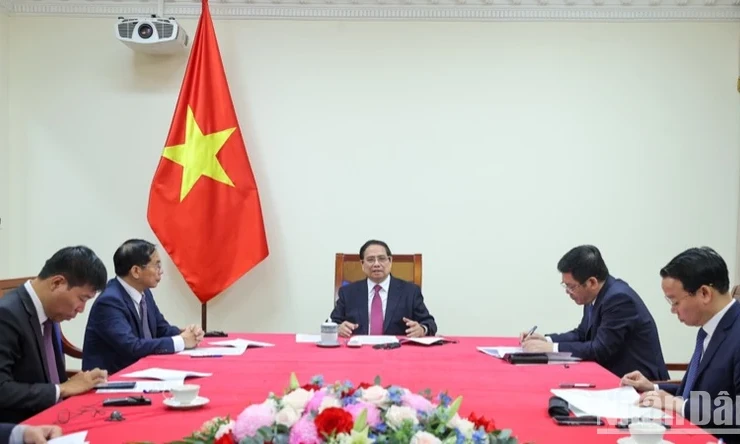
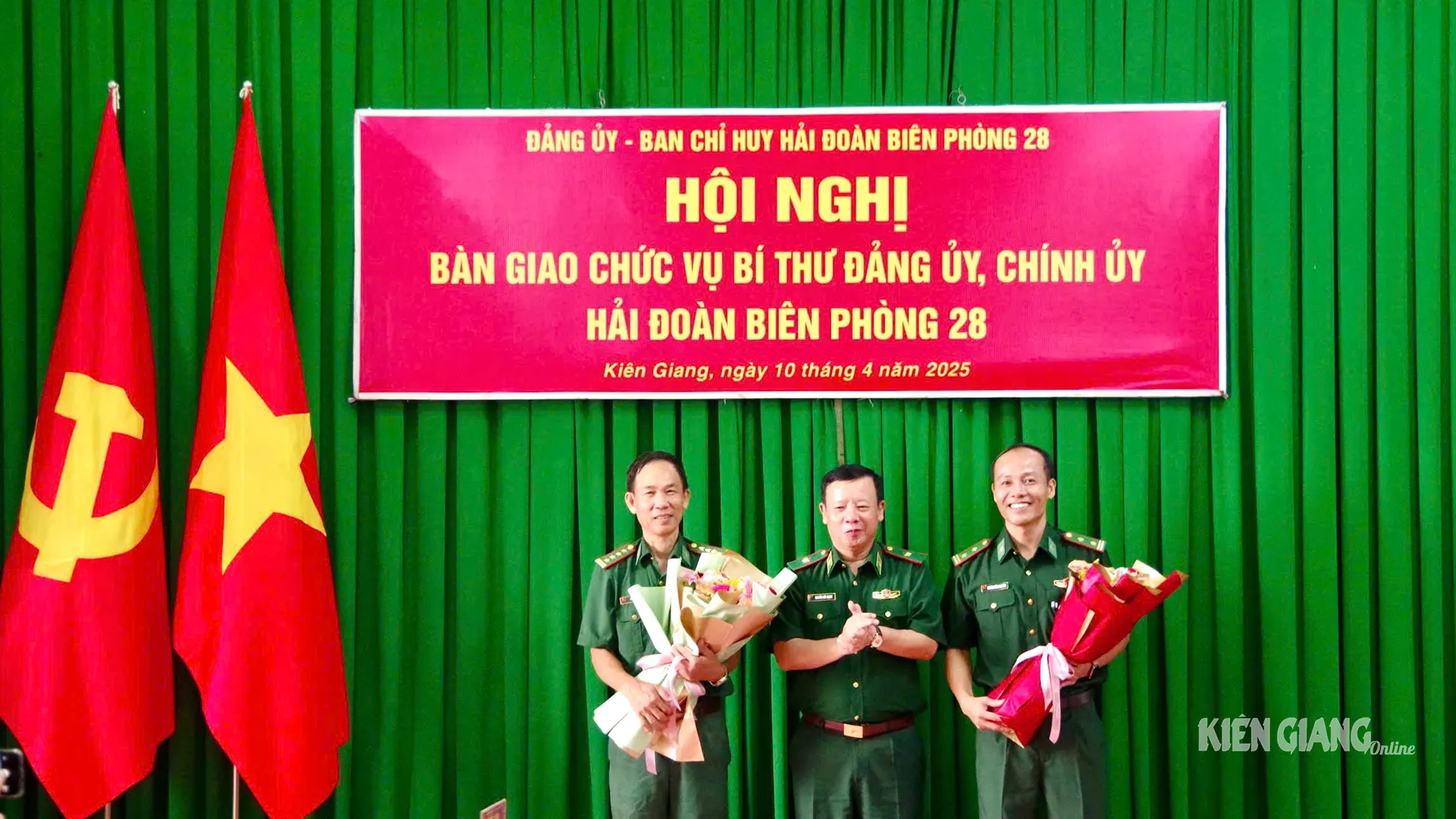




































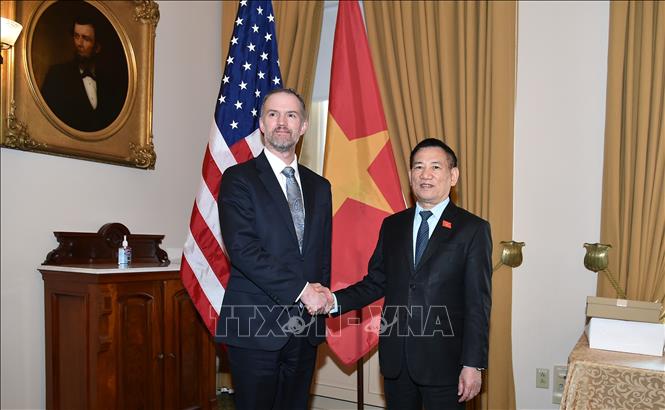












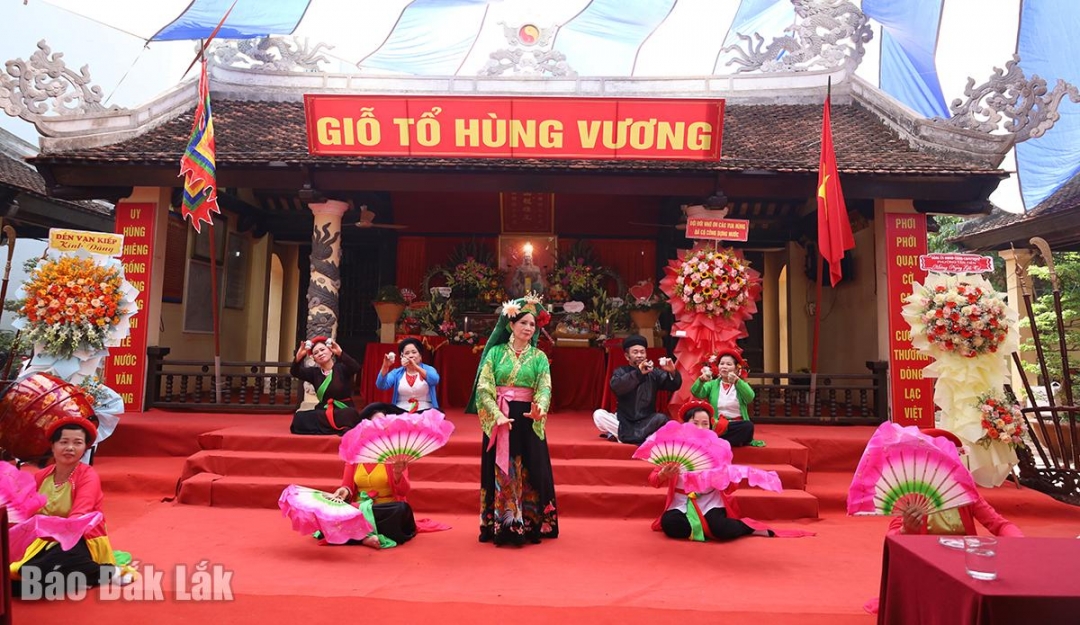

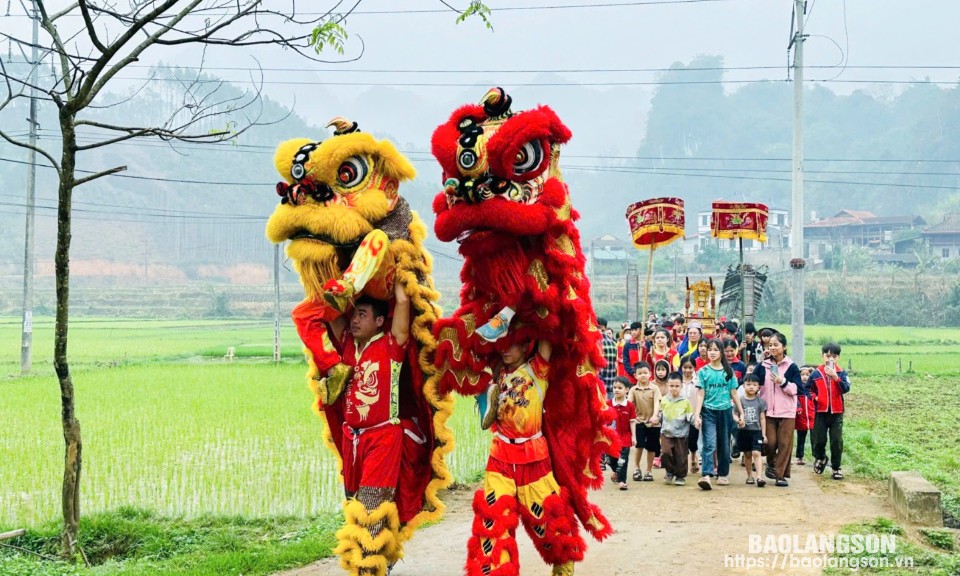


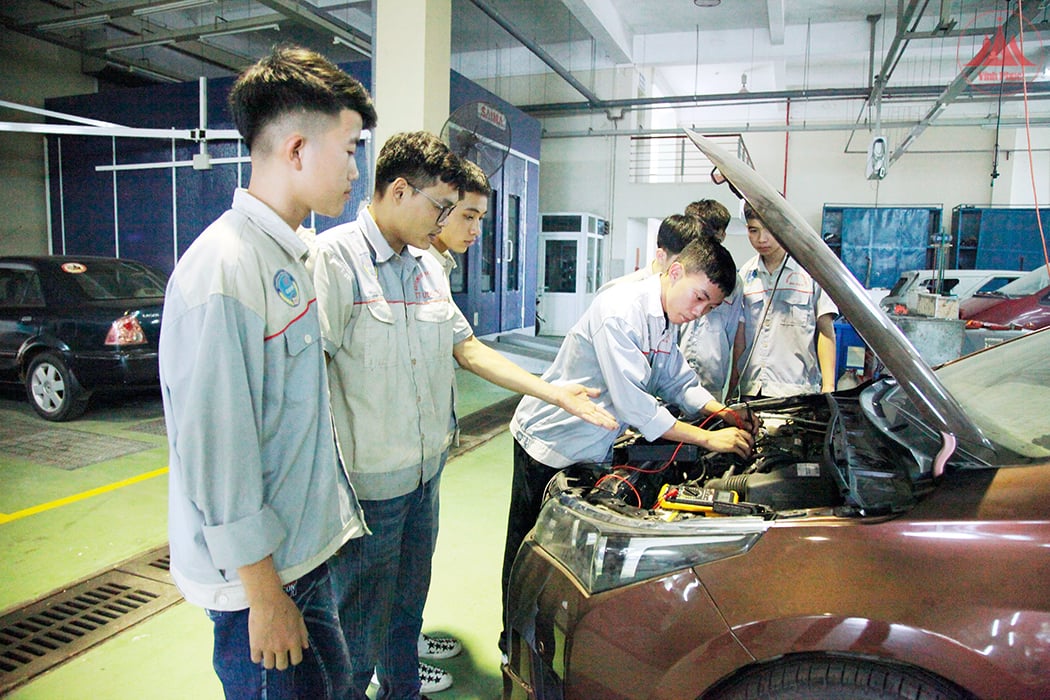
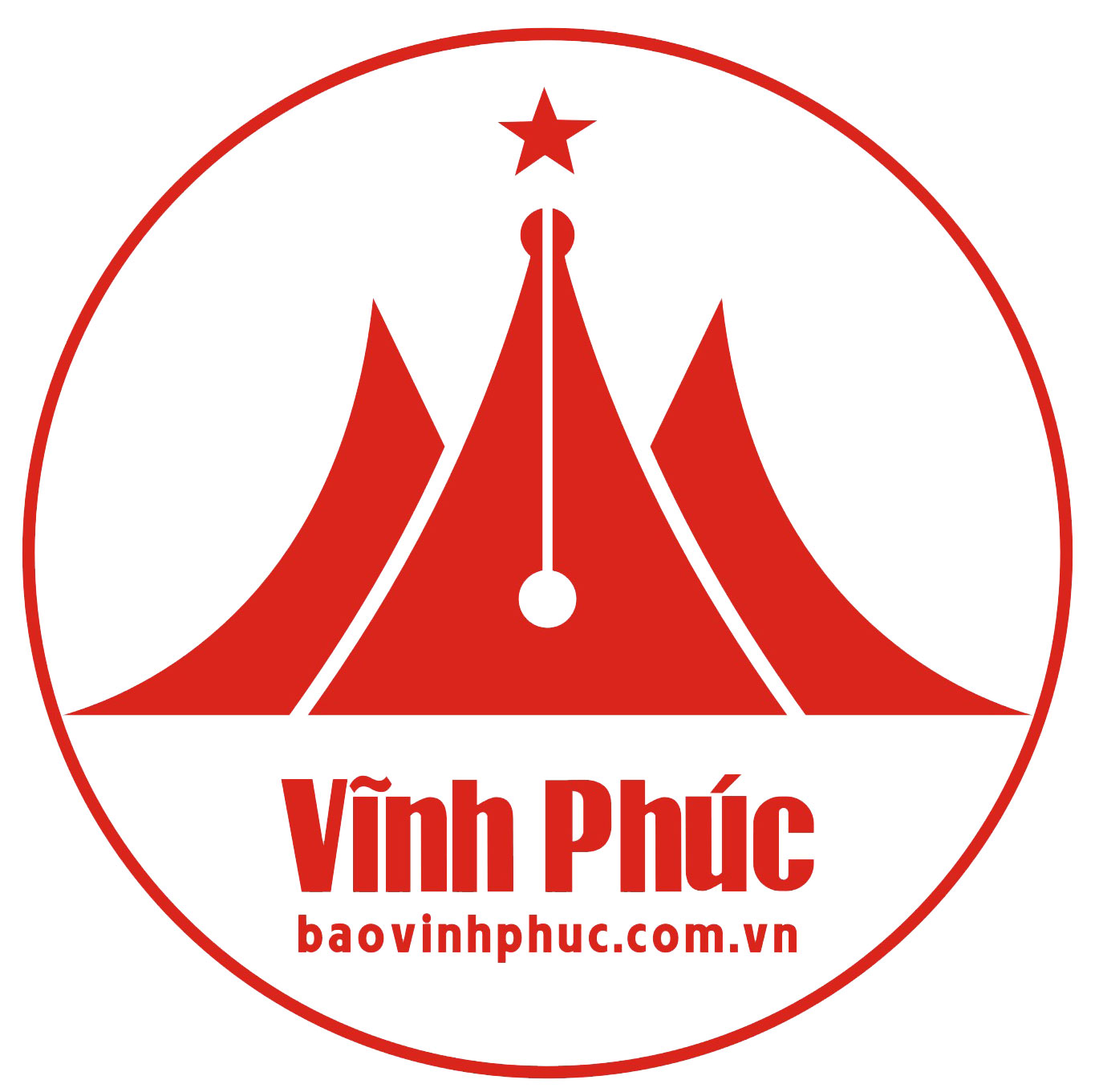
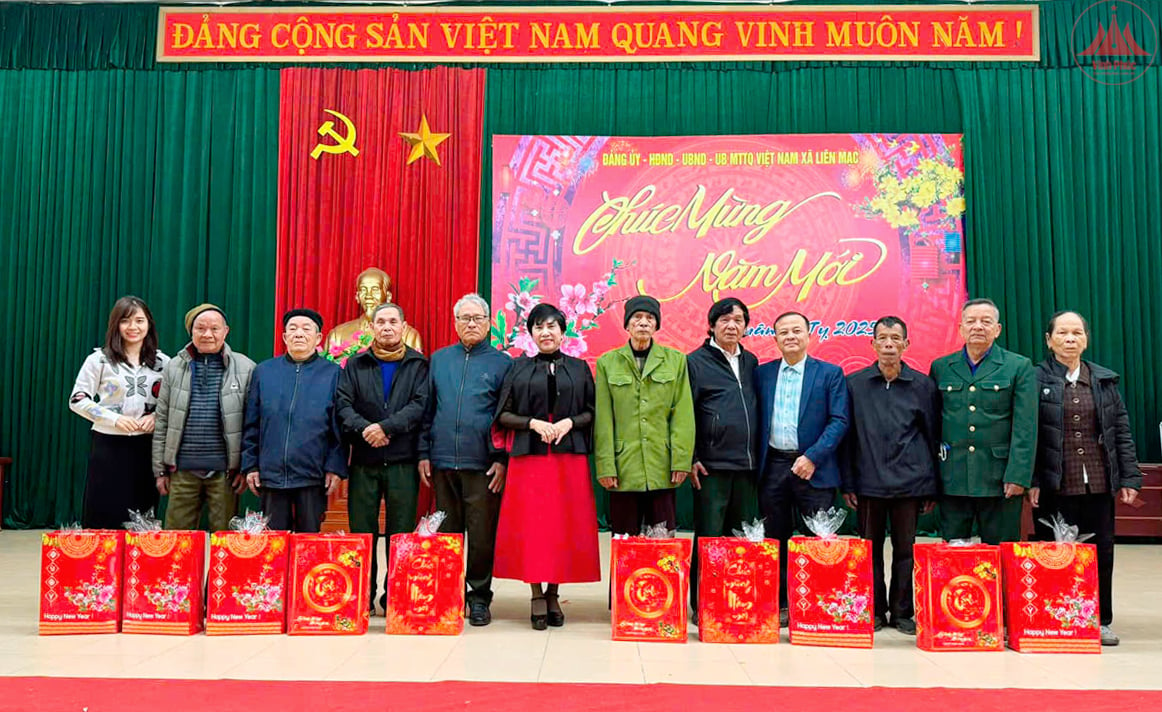








Comment (0)